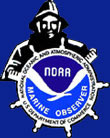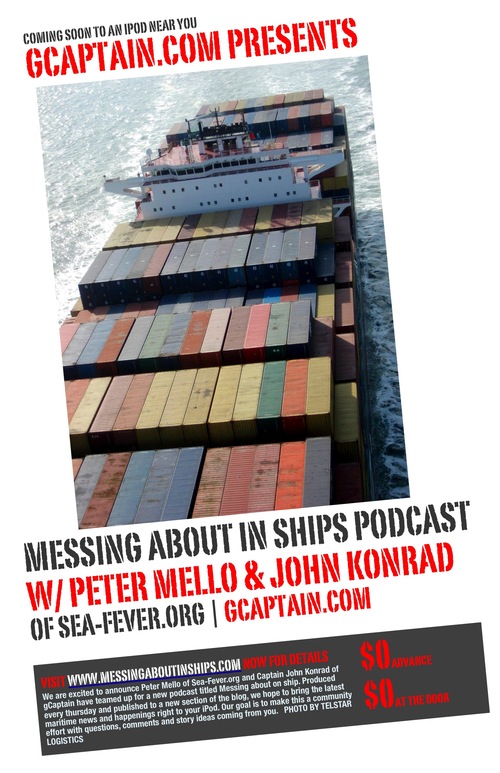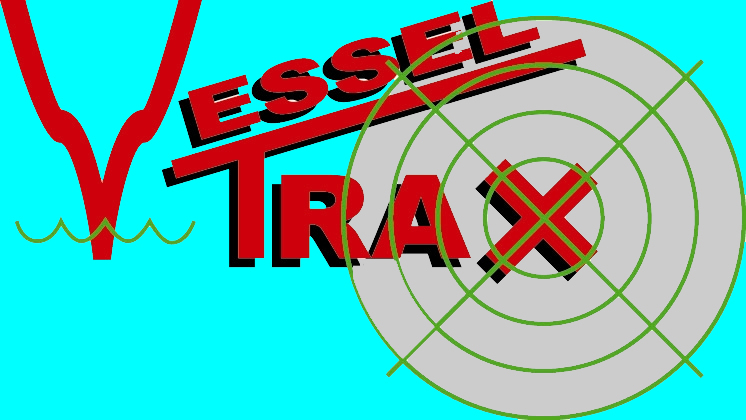Monday, June 25, 2007
More Rogue Waves & Sean Seamour II Update
As we await the National Hurricane Centers report on Subtropical Storm Andrea due out this week. The above video is of a ferry encountering heavy seas.
We have a unofficial initial assessment from the NHC regarding the heavy seas encountered by the s/v Sean Seamour II. This was part of an email exchange to me by the NHC, who also asked for other details on the Seamour's location so that there Marine Branch could take a closer look;
"At first glance, buoy 41001 (located approximately 150 nm east of Cape Hatteras at 34.68N 72.66W) is closest to the ships and also reported the highest seas during this event. The highest reported significant wave height was 12.4 meters (40.7ft) with a 14 sec period early on May 07. The typical rule of thumb and theoretical bound using statistical methods would imply the potential for an individual wave to be as high as 2 times the significant wave height or roughly 82 ft. However, a somewhat higher wave seems possible in this case since, in deep water, wave height is typically bounded by the steepness. That is, individual waves will begin to break when their height/length ration exceeds 1/7.
Accordingly to my back of the envelope calculations, that would yield a *potential individual *wave height even higher than 82 ft. Additionally, the 3 ships appeared to be in close proximity to the Gulf Stream. In this case, the wind was opposing (or going in the opposite direction) of the Gulf Stream. Such a condition is known to produce extremely large seas which can exceed values from wave equations alone. Additionally, such conditions also tend to produce very steep seas (very hazardous condition). In fact, many of the accounts of "rogue waves" seem to originate in areas where the wind bucks a strong current. Furthermore, it is unlikely that the worst conditions (highest actual significant wave height) was sampled by this buoy. So it is easy to imagine conditions even worse than what I have outlined above. Still, I suspect ~80 ft is more than enough to capsize a sail boat and inflict serious damage to a cargo ship.
Caveat: Since the NHC is not officially declaring the system subtropical until early May 9, these conditions did not arise during Andrea, but rather the pre-Andrea extratropical cyclone!
I guess the question to ask is whether an 80 ft wave is capable of the damage we saw in Andrea. If the damage can be explained by such a wave, calling it a "freak/rogue" wave might not be the best term. Such a term implies a wave which defies science and thus cannot be explained. In this case, it seems to me that the conditions necessary to produce such damage can be explained. The 3 vessels, unfortunately, found themselves in near optimal conditions for
extremely large wave production."
Fascinating and we await the NHC report.
RS
Labels:
Freak Wave,
noaa,
NWS,
rogue waves,
s/v Sean Seamour II,
subtropical storm andrea
Subscribe to:
Comments (Atom)


































































































![Validate my RSS feed [Valid RSS]](valid-rss.png)